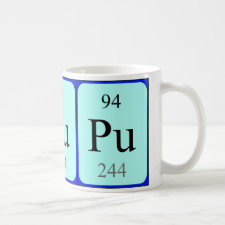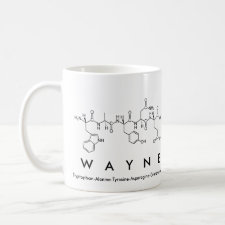
Authors: Mullett WM, Lai EPC
Article Title: Determination of theophylline in serum by molecularly imprinted solid-phase extraction with pulsed elution.
Publication date: 1998
Journal: Analytical Chemistry
Volume: 70
Issue: (17)
Page numbers: 3636-3641.
DOI: 10.1021/ac980264s
Abstract: The technique of molecular imprinting is used to produce an extensively cross-linked poly(methacrylic acid-co-ethylene dimethacrylate) material that contains theophylline as a print molecule. After Soxhlet extraction of the theophylline, binding sites are formed in the polymer with complementary size, shape, and positioning of chemical functionalities. The molecularly imprinted polymer's (MIP) high theophylline selectivity, chemical stability, and physically robust nature make it an ideal stationary-phase material in columns for HPLC separation of theophylline from other structurally related drug compounds, Mobile-phase tests confirm that a retention mechanism typical of normal-phase chromatography governs the separation, and selectivity of the MIP column can be controlled by a combination of the mobile phase and the sample solvent. Under optimal conditions, the MIP column functions like a solid-phase sorbent for theophylline extraction. Rapid elution of the bound theophylline can be accomplished in a pulsed format through injection of 20 mu L of a solvent that has the proper polarity and protic nature to disrupt the electrostatic interactions and hydrogen bonding between theophylline and binding sites. A concentration detection limit of 120 ng/mL is obtained using direct UV absorption detection at 270 nm, which corresponds to a mass detection limit of 2.4 ng, This new technique, molecularly imprinted solid-phase extraction with pulsed elution (MISPE-PE), permits on-line preconcentration of theophylline from a large volume of dilute sample solution. Using a sample volume of 300 mu L, a 40 ng/mL standard solution produces a detectable peak signal. Application of MISPE-PE in serum analysis further demonstrates the high capability of the MIP column to selectively isolate theophylline from other matrix components for fast, accurate determination
Template and target information: theophylline



Join the Society for Molecular Imprinting

New items RSS feed
Sign-up for e-mail updates:
Choose between receiving an occasional newsletter or more frequent e-mail alerts.
Click here to go to the sign-up page.
Is your name elemental or peptidic? Enter your name and find out by clicking either of the buttons below!
Other products you may like:
 MIPdatabase
MIPdatabase









